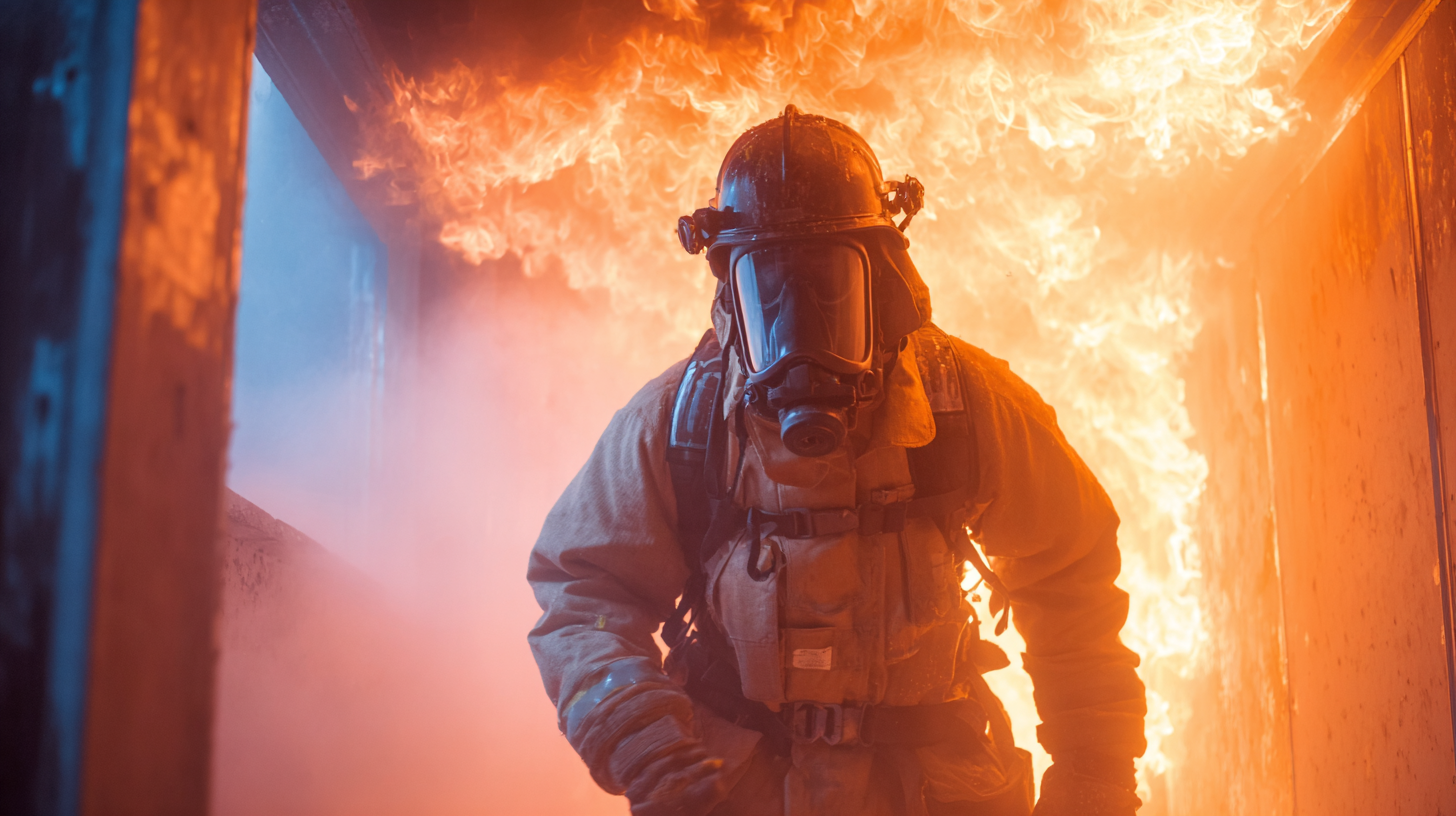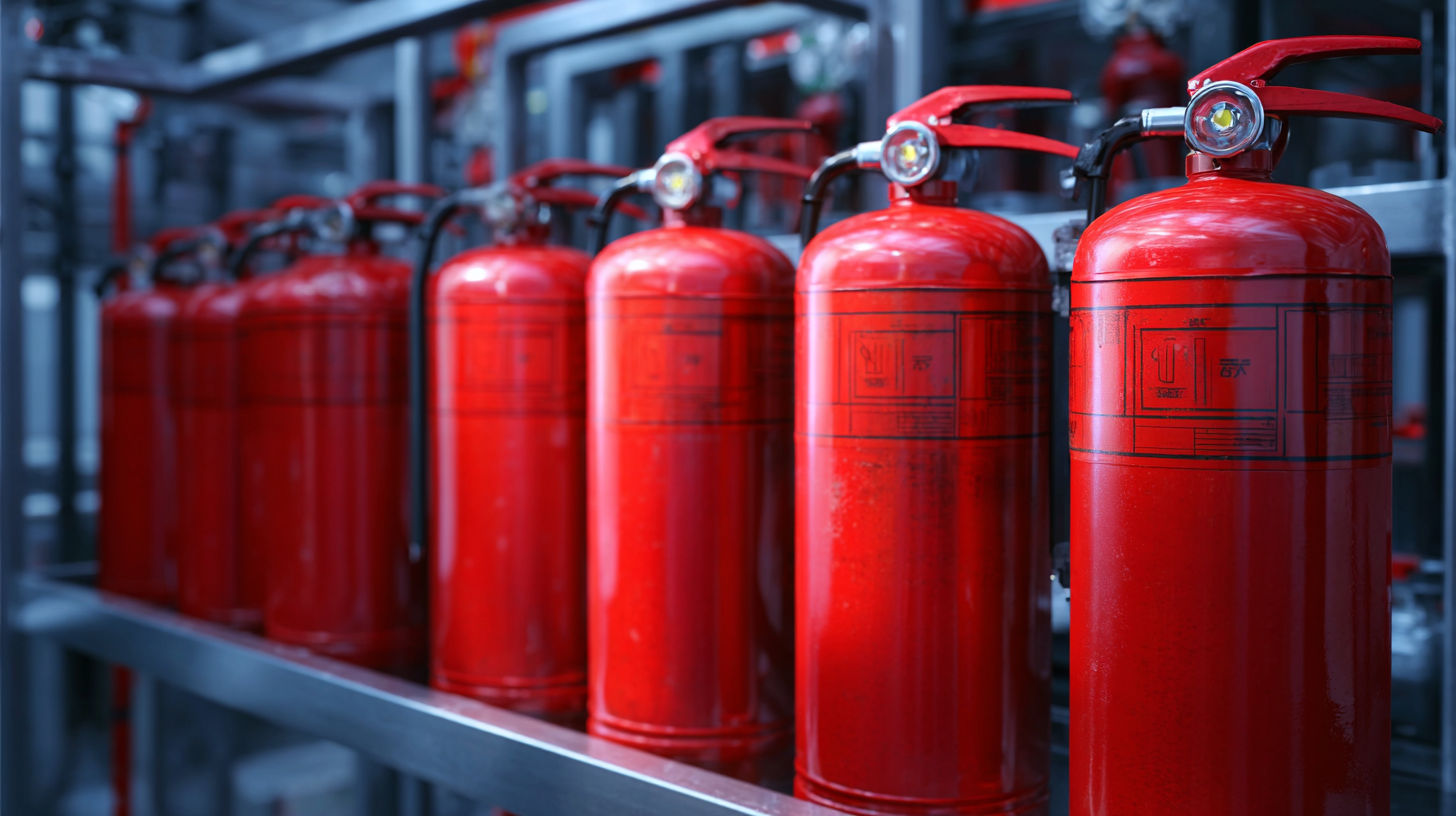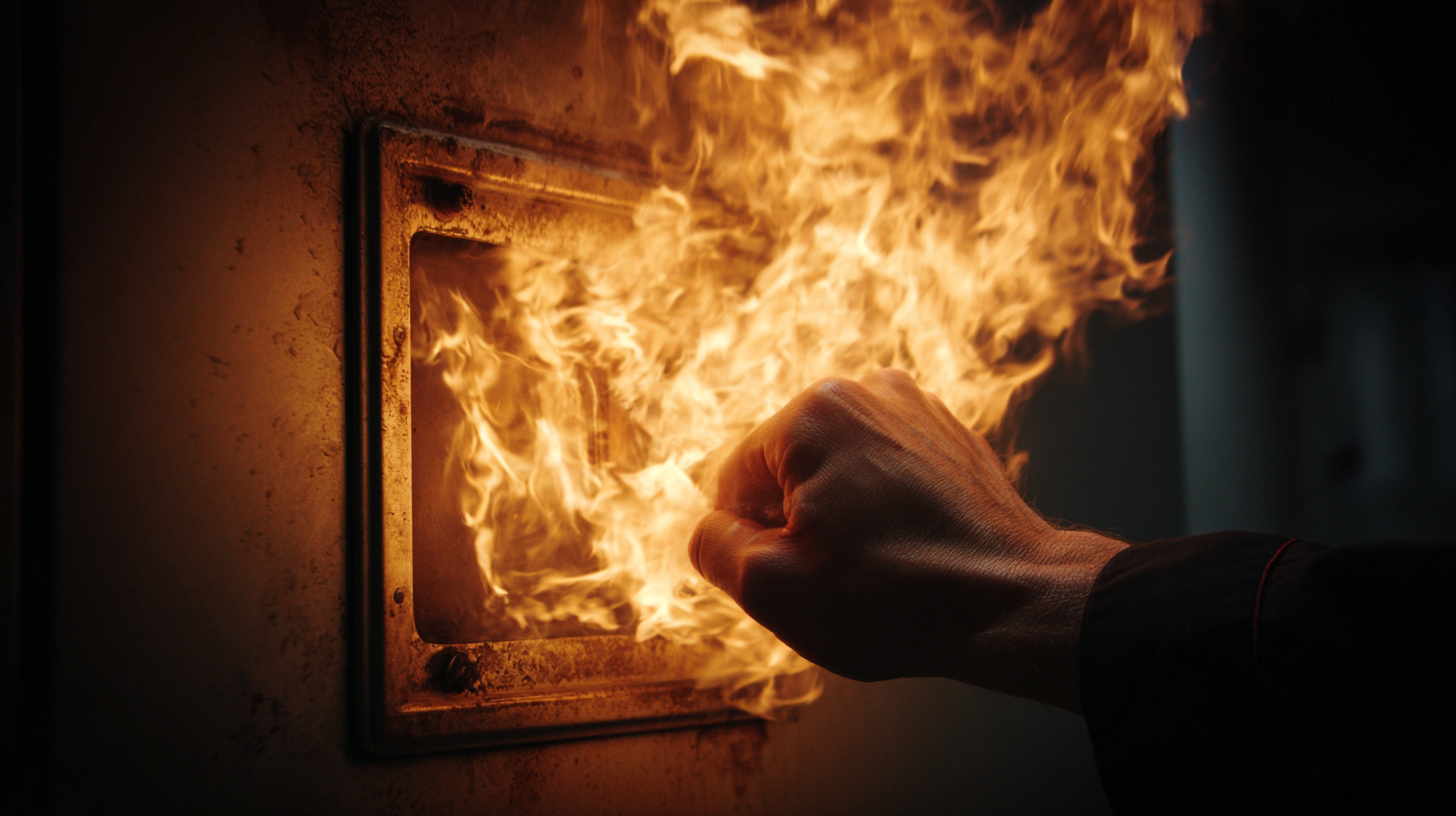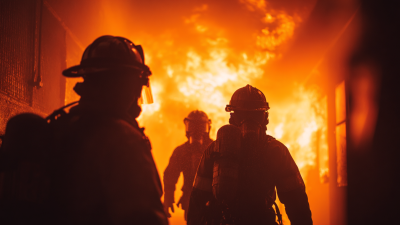How to Implement Fire Safety Measures that Save Lives and Protect Property
Fire safety is a critical concern in both residential and commercial settings, with statistics highlighting the grave consequences of insufficient precautions. According to the National Fire Protection Association (NFPA), there were approximately 1.3 million fires reported in the United States in 2020, resulting in over $21 billion in property damage and countless injuries and fatalities.

Implementing effective fire safety measures is not just a regulatory requirement but a moral obligation to protect lives and property. By adopting comprehensive fire prevention strategies, such as:
- Installing smoke detectors
- Creating evacuation plans
- Conducting regular fire drills
organizations can significantly mitigate risks. Moreover, safety measures not only comply with legislation but also enhance the overall safety culture within a community.
This article explores practical steps and strategies for implementing fire safety measures that truly save lives and safeguard valuable assets.
Understanding the Importance of Fire Safety Measures: Statistics and Impact on Lives
Fire safety measures are critical in mitigating risks that can lead to devastating losses in homes and communities. According to a report from local fire departments in the US, home structure fires remain a significant threat, with millions of incidents reported annually. The National Fire Protection Association (NFPA) highlights that fire research has drastically reduced fatalities, demonstrating how effective regulations and safety systems can protect lives. For example, with the advent of smoke alarms—now a household standard—fire-related deaths have been cut by half in the last generation.
The rising incidence of wildfires, particularly in regions like California, underscores the urgency for robust fire safety protocols. Studies indicate that California now experiences 78 additional fire days annually compared to fifty years ago, a significant increase driven by climate change and extreme weather conditions. Furthermore, California's recent investments in wildfire prevention, amounting to $27 billion, demonstrate a strong commitment to fire safety, yet challenges remain regarding the cost-effectiveness of these strategies amid soaring electric bills. Such statistics reveal the pressing need for enhanced fire safety measures, not just in residential areas but also in commercial establishments and healthcare facilities, where preparedness can mean the difference between life and death.
How to Implement Fire Safety Measures that Save Lives and Protect Property
| Fire Safety Measure | Implementation Cost (USD) | Annual Maintenance Cost (USD) | Estimated Lives Saved per Year | Estimated Property Damage Prevention (USD) |
|---|---|---|---|---|
| Smoke Detectors | 50 | 10 | 3 | 5000 |
| Fire Extinguishers | 120 | 20 | 2 | 8000 |
| Sprinkler Systems | 2500 | 200 | 5 | 15000 |
| Fire Drills | 500 | 50 | 4 | 7000 |
| Fire Safety Training | 1000 | 100 | 6 | 12000 |
Identifying Common Fire Hazards in Residential and Commercial Spaces
Identifying common fire hazards in residential and commercial spaces is crucial for implementing effective fire safety measures. According to the
National Fire Protection Association (NFPA), over
350,000 home structure fires occur in the United States each year, causing significant damage and loss of life.
Key hazards often include faulty wiring, flammable materials, and cooking equipment, which account for nearly 50% of residential fires.
To mitigate these dangers, regular inspections and maintenance of electrical systems are essential.
Upgrading old wiring can greatly reduce the risk of electrical fires. Additionally, creating a designated area for hazardous materials
such as cleaning supplies can prevent accidental ignition.
Tips: Keep a close eye on cooking appliances; never leave them unattended while in use.
Furthermore, ensure that smoke detectors are installed in every room and tested monthly. Implementing fire extinguishers in strategic locations,
especially in kitchens and workshops, can provide immediate response tools in case of a fire outbreak. By addressing these common hazards,
we can enhance safety in both homes and workplaces, ultimately saving lives and protecting property.
Implementing Effective Fire Detection Systems: Best Practices and Technologies
Implementing effective fire detection systems is crucial in ensuring the safety of lives and property. One of the best practices is to choose the right type of fire alarm system that suits the specific needs of your environment. For residential areas, a combination of smoke detectors and heat detectors can provide comprehensive coverage. In commercial spaces, advanced systems that include automatic notification to emergency services can enhance response times significantly.
**Tips:** Regular maintenance and testing of fire detection systems are vital. Ensure that detectors are inspected monthly, and replace batteries at least once a year. Additionally, consider smart smoke detectors that can send alerts to your smartphone when you’re not at home.
Another critical aspect is the placement of fire detectors. Install smoke alarms on every level of your home and in every sleeping area to ensure early detection. Avoid placing them near kitchens or bathrooms where false alarms may occur. In larger facilities, integrating a centralized monitoring system can streamline the alert process and improve overall safety management.
**Tips:** Educate all occupants on how fire detectors work and the importance of responding promptly to alarms, fostering a culture of safety within your space.

Conducting Regular Fire Drills: Enhancing Preparedness and Response Times
 Regular fire drills are a crucial component of an effective fire safety strategy, designed to enhance preparedness and improve response times in case of an emergency. The recent mock drills conducted across various regions in India, such as Chandigarh and Odisha, underscore the importance of these exercises in reinforcing public safety. Just as air raid drills familiarize citizens with emergency protocols, fire drills serve to ensure that individuals know their responsibilities and escape routes during a fire incident.
Regular fire drills are a crucial component of an effective fire safety strategy, designed to enhance preparedness and improve response times in case of an emergency. The recent mock drills conducted across various regions in India, such as Chandigarh and Odisha, underscore the importance of these exercises in reinforcing public safety. Just as air raid drills familiarize citizens with emergency protocols, fire drills serve to ensure that individuals know their responsibilities and escape routes during a fire incident.
To implement effective fire drills, it is essential to set a clear schedule and communicate the importance of participation to all personnel.
**Tips**: First, designate specific roles for team members during a drill to streamline the process; this includes assigning leaders, first aid responders, and sweepers. Second, conduct drills at varying times and under different conditions to simulate real-life scenarios. Finally, ensure that post-drill evaluations are held to address any shortcomings and improve future drills. Regular practice not only saves lives but also protects property by fostering a culture of safety awareness among all stakeholders.
Investing in Fire-Resistant Materials and Building Codes: A Long-Term Safety Strategy
When it comes to fire safety, investing in fire-resistant materials and adhering to robust building codes is crucial for long-term safety. Utilizing materials that can withstand high temperatures significantly reduces the risk of fire spread, protecting both lives and property. Modern fire-resistant materials, such as mineral wool or concrete, are designed to offer advanced protection compared to traditional wood structures. Building codes that enforce the use of these materials help ensure that safety measures are consistently met across new developments.
Tips: Consider consulting with fire safety experts during the planning phase of any construction or renovation project. They can recommend the best fire-resistant materials suitable for your building type. Additionally, keeping up with local building codes and regulations will not only keep your property safe but can also enhance its value and insurance options.
Furthermore, integrating fire-resistive construction techniques, such as creating firebreaks and properly sealing joints will impede the fire's progression. Implementing these strategies from the outset can save lives and minimize the potential for catastrophic damage.
Tips: Educate your staff and family on the importance of these measures. Conduct regular fire drills and ensure everyone is aware of the evacuation routes and procedures, reinforcing the fire-resistant features of your property alongside active prevention strategies.
Related Posts
-

Exploring Innovative Alternatives in Fire Safety Protection Solutions
-

Real-World Applications of the Best Fire Equipment for Global Safety Standards
-

Unique Styles of Fire Extinguishers That Excel in Equipment Protection
-

Revolutionizing Global Fire Safety with China's Best Quality Manufacturing
-

Global Sales of Upgraded Chinese Fire Protection Equipment for Optimal Safety Solutions
-

5 Best Fire and Safety Equipment Innovations You Should Know
